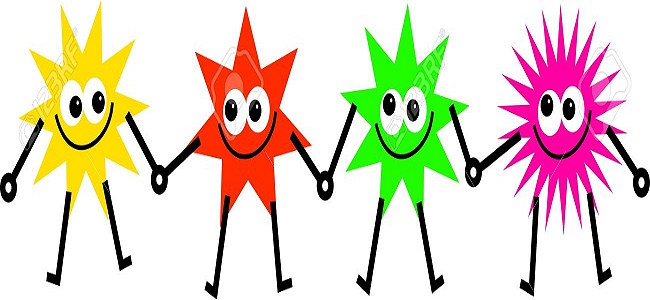Let’s Explore the Stars

There are billions upon billions of stars in the universe. But did you know each of these stars can be very different from one another? Let’s explore the stars to find out what exactly is going on waaaaaay out there…
Stars are made up of two key ingredients, hydrogen and helium. Helium is the gas inside of party balloons that makes them float. There are also lots of layers inside of a star, with gases all moving around each other.

The layers of a star consists of;
- The Core. This is the very center of the star. It is made up of tightly packed hydrogen and helium that has solidified due to tremendous heat and pressure, which causes a nuclear fusion.
- The Conduction Zone. This is the area that carries the energy from the core outwards.
- The Convection Zone. This region transfers hot gases to the surface of the star.
- The Surface. This is what shines in the night sky.
Did you know there are actual star nurseries?
These “star makers” are known as Nebulae (one is a Nebula). Here huge clouds of gas and dust come together in a spinning ball. As they spin more and more quickly they get super hot and a big BLAST occurs. This is called a nuclear reaction. Once this starts the baby star begins to glow and grow.

NASA, ESA, J. Hester and A. Loll (Arizona State University), Public domain, via Wikimedia Commons
Crab NebulaThe Crab Nebula (pictured above) formed about 1,000 years-ago and is located in the constellation of Taurus.
Want to learn more about Nebulae? Check out these 5 Cool Nebulae.
AMAZING!

Did you know a star can even be born in a horse’s head?
The Horsehead Nebula is a glowing cloud of dust in another galaxy. It has a big hump shaped like a horse’s head that is home to many baby stars.
Do you think it’s true or false that even us humans are made of stardust?

It’s TRUE!
Everything in space and even us humans are made up of elements such as carbon and silicon.
This is just the beginning of our journey into the stars. Stayed tuned for more on this “glowing” topic when we discover the different types of stars – some are dwarfs – and even those dying stars.
You are going to be so surprised. You won’t want to miss it!
